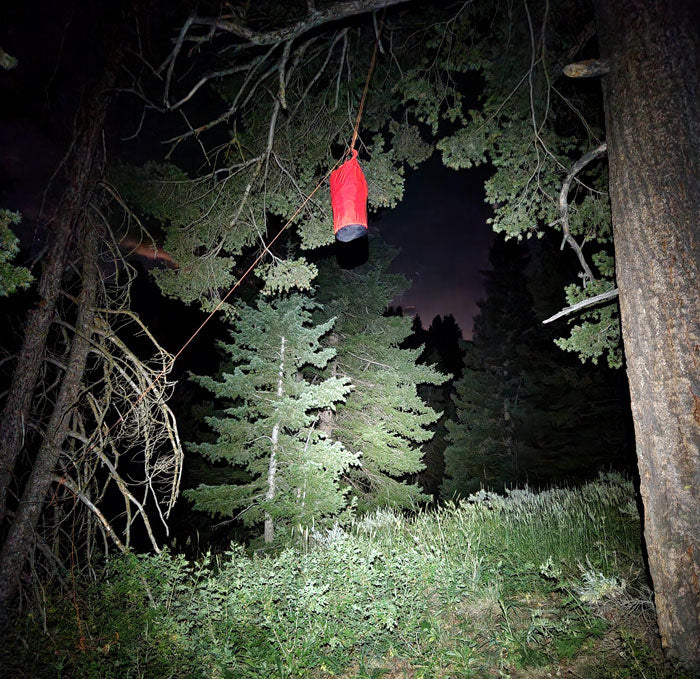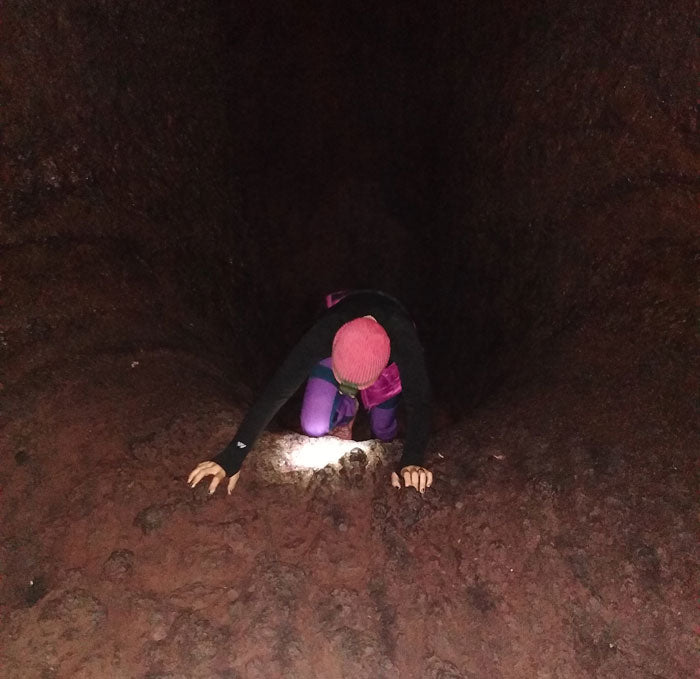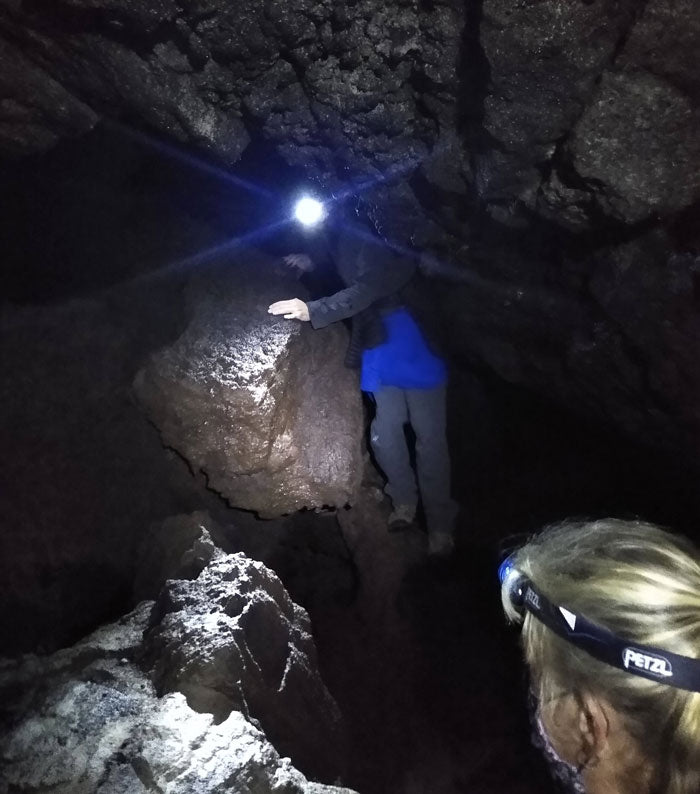
Buying Guide: Headlamps
Headlamps are one of the most universally useful pieces of gear in a camping setup. While they come in handy around camp and while hiking at night, they are also good to have available at home for performing tasks in dark or low light settings. While flashlights and lanterns remain popular for lighting up campsites, nothing beats the convenience of a good headlamp. Headlamps strap to your forehead, leaving your hands free to perform other tasks, such as setting up camp in the evening or holding trekking poles during late night treks and early morning ascents. Even better, when you turn your head, the light naturally follows your eyes, meaning where you’re looking will always be illuminated. A headlamp, in fact, is one of the recommended 10 essential items to carry when hiking, camping, or doing anything outside. I would recommend a headlamp to just about anyone who spends time in the outdoors.
But how do you choose which headlamp to buy? These days, companies advertise many different headlamps featuring multiple brightness and feature sets. As with any piece of gear, the first thing to do is to ask yourself the following question:
What will I be using this headlamp for?
Your needs for a headlamp will vary based on its intended use; obviously, you’ll need a different brightness and set of features if you’re planning to ski down Mount Hood at night than if you’re using a headlamp during a power outage at home. In this guide, I’ll explain how to select the proper headlamp based on brightness and discuss some additional features to look for in a headlamp. I’ll then provide a list of some of my favorite headlamps as suggestions on where to start shopping!

Headlamp Brightness: What the Heck is a Lumen? We’ll start with headlamp brightness. This is the first thing you should consider when selecting a headlamp, as having a headlamp that isn’t bright enough can be just as bad as having no headlamp at all. The brightness of a headlamp is measured in Lumens, a scientific measure of the amount of light output per angle. Basically, the higher the lumens, the brighter the headlamp. Headlamp brightness can range from 25 lumens all the way up to 1000 lumens, or even brighter. While there is a general trend amongst headlamp manufacturers to produce brighter and brighter headlamps, how many lumens do you actually need? Here are some general guidelines for headlamp brightness:
- Non-active indoor/emergency use (power outages, sleepovers, maybe backyard camping): 100+ lumens
- Non-active outdoor use (for use around a campsite or for lighting up an unfamiliar area where you might want to see a little further): 200+ lumens
- Active outdoor use (for night hiking or backpacking, etc.): 250+ lumens
- Very active outdoor use (any activity where you’re moving faster than a walking pace- skiing, mountain biking, sledding, etc.): 400+ lumens
 For reference: this is a 300-lumen headlamp
For reference: this is a 300-lumen headlampA few things to keep in mind with headlamp brightness: usually, the lumen count refers to how bright a headlamp is with fresh batteries. Headlamps don’t just turn off when the batteries are used up; instead, as the batteries are used, the brightness of the headlamp will decrease over time. Therefore, after a few hours of hiking, a 250-lumen headlamp will no longer be 250 lumens. If you want your headlamp to remain at a certain brightness, you may want to consider buying a brighter than necessary headlamp (or keeping a few sets of batteries at the ready).
Most headlamps also allow the user to adjust the brightness. 750 lumens is certainly too bright to use in a small, enclosed space; but most 750 lumen headlamps can be turned down to a much lower brightness, which will help preserve battery life and keep users from blinding themselves. A brighter headlamp, therefore, can be adapted to almost any situation. Headlamp packaging (or web pages) will usually list a range of different brightness’s and the battery life at each setting.
 Headlamp Features
Headlamp Features
Selecting a brightness will narrow down your options when choosing a headlamp, but here are some additional features to consider:
Spot vs. Flood Lighting: Some headlamps offer different light shapes. While flood lighting (sometimes called proximity lighting) will illuminate a wide area around you, spot lighting (sometimes called distance lighting) will illuminate a narrow area at greater distance. Flood lighting is good for lighting up a campsite; spot lighting is good for shining down a trail at night. Many headlamps offer both settings.
Light Color: In addition to a bright white light, many headlamps offer colored bulbs as well. Red light is most common and is helpful for preserving night vision while still allowing some illumination at close range. I love a red light setting for reading inside my tent at night, and for using around other people who might be sleeping. Some headlamps also have a green light setting (useful for hunting, fishing, or animal watching, as this color doesn’t disrupt animal activity), and some have a blue light (useful for reading maps in the dark, as blue light brings out the red contour lines.)
 Low light red mode does not disturb animal activity!
Low light red mode does not disturb animal activity!Battery Life vs. Headlamp Size: These two factors are usually related: the longer the battery life, the larger the headlamp. Because brighter headlamps require more power, they will also usually be larger. Headlamp size can impact how comfortable a headlamp is. If a headlamp is too large, it can be uncomfortable or heavy to wear during strenuous activity (for example, smaller, more compact headlamps are preferable for trail running at night). To improve battery life, some headlamps are designed with external battery packs that either attach to the back of the head or can be carried on a waist belt or in a pocket.
Power Source: While some headlamps use batteries, others require recharging between uses, and still others give options for both. While repeatedly buying batteries can quickly become expensive and wasteful, if you’re on a multi-day backpacking trip or using a headlamp during a power outage, recharging a headlamp is not always an option. Water Proofing: How waterproof is the headlamp? While most headlamps will have some level of waterproofing, not all will work in heavy rain, and some won’t work if they’re dropped in a puddle. Some headlamps will work up to 1 meter underwater!
Additional features: While these are some of the most important headlamp features to consider, headlamps’ advertising pages will list a myriad of other features as well. Some headlamps boast reactive lighting, which is a setting that allows for automatic adjustment to the brightness based on the surroundings and can be useful to preserve battery life. I really like headlamps with lockout mode, a feature that prevents a headlamp from turning on in your backpack and draining the battery. Make sure that you do your research so you can get the most out of your new headlamp!

Conclusion and Staff Picks
When choosing a headlamp, it’s best to start by considering how your headlamp will be used. This will help determine the brightness to look for; once you’ve narrowed your options down, you can then consider some of the additional features listed above to help make your choice. Check out the links below for some of my favorite headlamps!
Next Adventure Headlamp- 120 lumens. An inexpensive backup headlamp for emergencies or for around the house use.
- Petzl Bindi- 200 lumens. A lightweight, comfortable, tight-fitting headlamp great for joggers.
- BioLite 200- 200 lumens. Rechargeable headlamp with an integrated padded strap, extra comfortable for general use when camping.
- Black Diamond Spot 400-R- 400 lumens. A fully featured headlamp with multiple brightness and color settings and rechargeable or battery options, great for backpacking trips.
- Black Diamond Icon 700- 700 lumens. Bright, with detachable battery pack in the back; great for mountaineering ascents and nighttime ski trips!
- Petzl Swift RL 900- 900 lumens. Very bright. A great headlamp for nighttime work, featuring reactive lighting to extend battery life.









